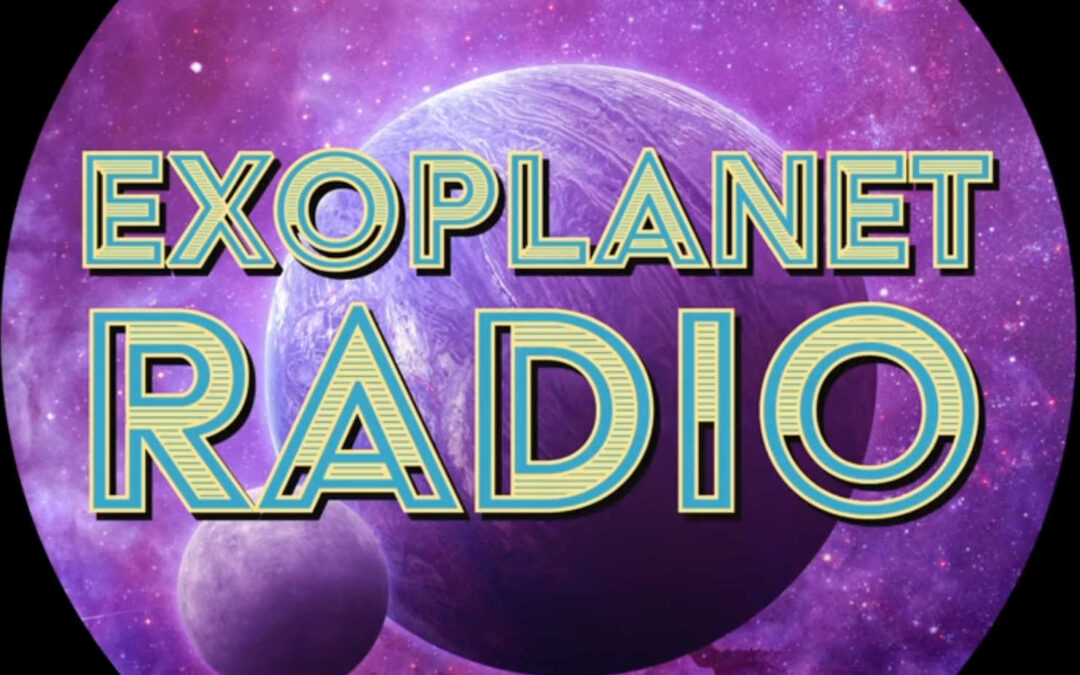A massive, Jupiter-sized exoplanet has been discovered orbiting a small, low-mass star and this discovery is challenging theories on how planets form around their stars. This is unusual because planets this large are not supposed to form around low-mass stars.


